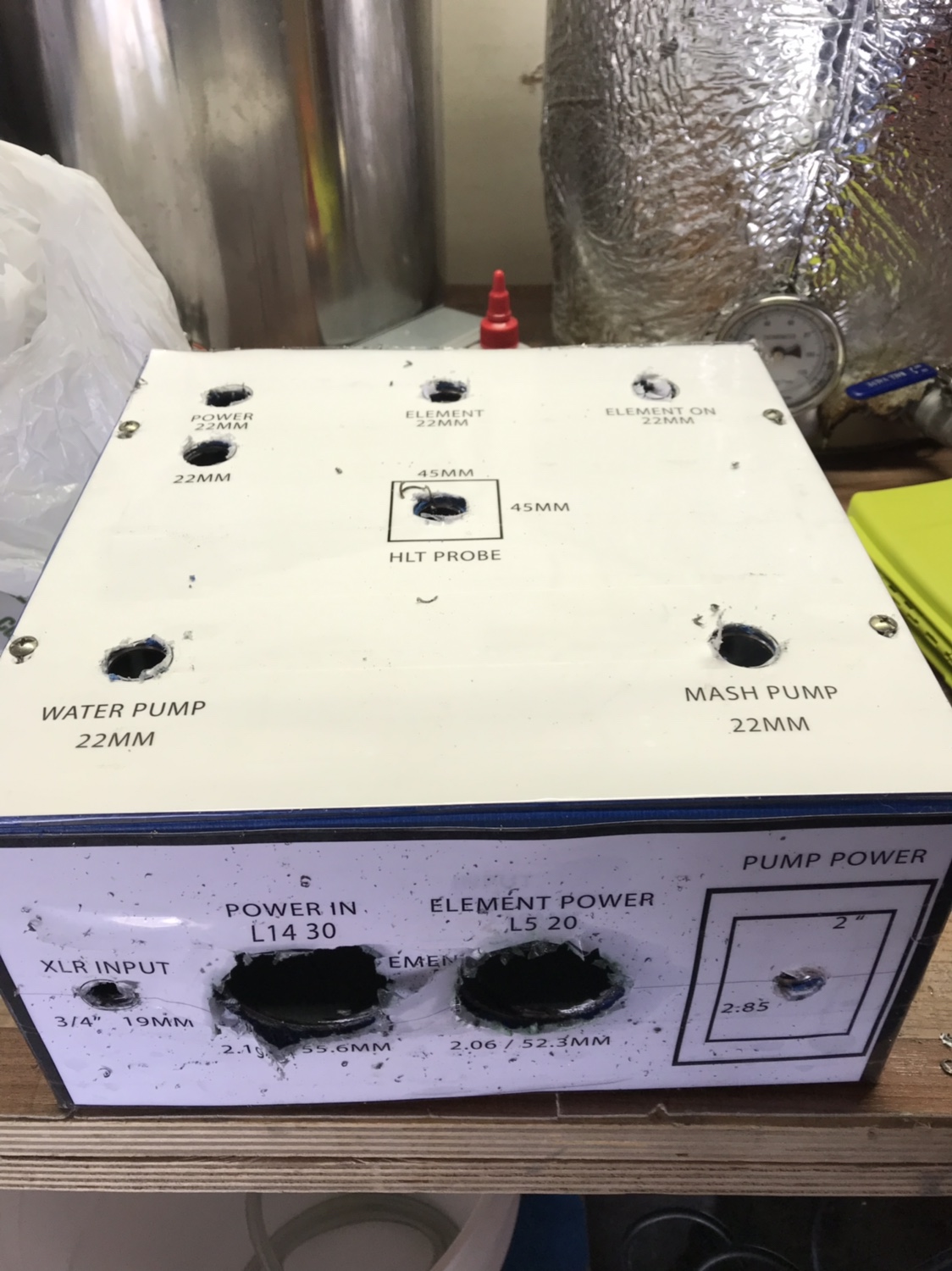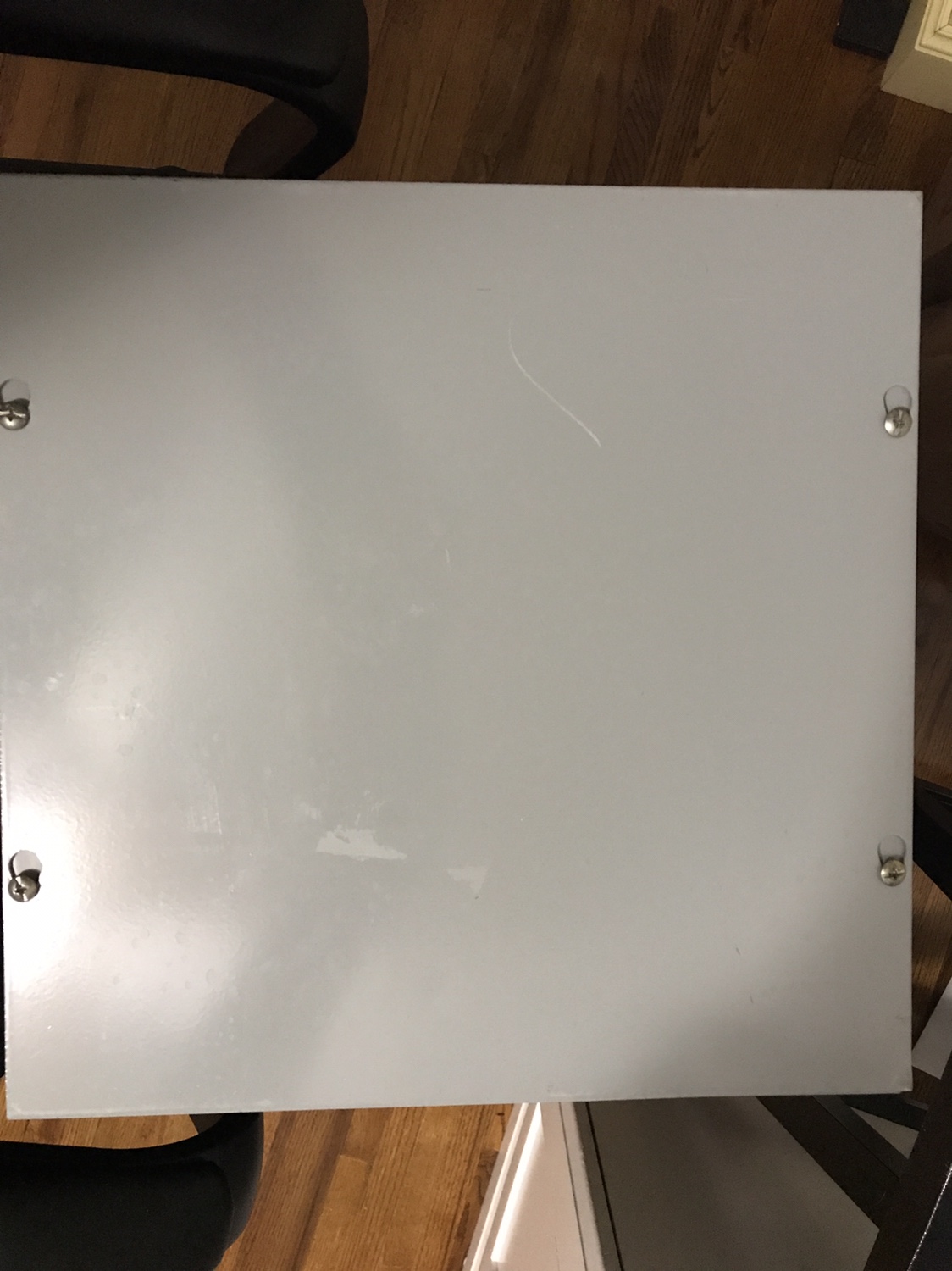blargs_boiler
New Member
- Joined
- Apr 26, 2019
- Messages
- 4
- Reaction score
- 0
I am getting ready to transition to all grain and have decided that eBIAB is the route that I would like to take (live in a 2nd floor apartment so I don't have anywhere I can brew outside, and love the simplicity of the one vessel system). I have found several threads to be helpful but had some specific questions.
I just recently got a Grounded Brewing Tech kettle on the cheap. Until this point I wanted to go with two 120V elements, but now I cringe at the idea of putting another hole for a second element in the shiny new kettle. For that reason, I have opted for 240V and found this circuit diagram on another thread. I do not have a dryer in my apartment, so I will have to go with the 50A electric range outlet in my kitchen.
I have a few questions,
1) What is the cheapest and easiest way to get GFCI protection on this outlet while still being safe? I don't plan to live in this apartment for more than a year so I'd like to avoid any permanent upgrades.
2) Are there any concerns powering a 30A element on a 50A circuit? I plan to use a 30A breaker as my main power switch. Found a 50A range power cable that used 6 gauge wire.
4) I have found that my stove uses a 50A outlet, but there is a 40A breaker in the panel. Is this normal?
3) Does anyone have any expereince with the inkbird ITC-106VH? I was happy to find a pretty cost effective PID+SSR+heatsink+temp probe bundle, but the more I read I'm not sure this controller is what I want.
Otherwise, would love some solid input before I commit to anything, as this is my first major brewing project and I would hate to waste money going down the wrong route. My main goals are cost effective (still in graduate school), future proofing, and ability to move the system without too much trouble as I'm not in a permanent living situation yet.
I just recently got a Grounded Brewing Tech kettle on the cheap. Until this point I wanted to go with two 120V elements, but now I cringe at the idea of putting another hole for a second element in the shiny new kettle. For that reason, I have opted for 240V and found this circuit diagram on another thread. I do not have a dryer in my apartment, so I will have to go with the 50A electric range outlet in my kitchen.
I have a few questions,
1) What is the cheapest and easiest way to get GFCI protection on this outlet while still being safe? I don't plan to live in this apartment for more than a year so I'd like to avoid any permanent upgrades.
2) Are there any concerns powering a 30A element on a 50A circuit? I plan to use a 30A breaker as my main power switch. Found a 50A range power cable that used 6 gauge wire.
4) I have found that my stove uses a 50A outlet, but there is a 40A breaker in the panel. Is this normal?
3) Does anyone have any expereince with the inkbird ITC-106VH? I was happy to find a pretty cost effective PID+SSR+heatsink+temp probe bundle, but the more I read I'm not sure this controller is what I want.
Otherwise, would love some solid input before I commit to anything, as this is my first major brewing project and I would hate to waste money going down the wrong route. My main goals are cost effective (still in graduate school), future proofing, and ability to move the system without too much trouble as I'm not in a permanent living situation yet.





























































![Craft A Brew - Safale BE-256 Yeast - Fermentis - Belgian Ale Dry Yeast - For Belgian & Strong Ales - Ingredients for Home Brewing - Beer Making Supplies - [3 Pack]](https://m.media-amazon.com/images/I/51bcKEwQmWL._SL500_.jpg)

